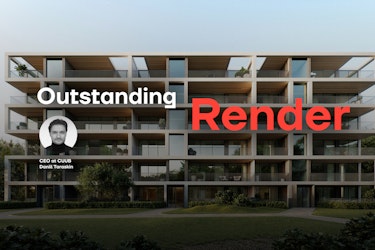What is taste and is it important in architectural visualization? I thought what makes a good render outstanding, why some works, being of good quality, pass by our attention, while others are reflected in our memory and give pleasant emotions? Of course, the render has a lot of parameters and aspects that make it a high-level work, but it always seemed to me that there is also an invisible fleeting ingredient, like a pinch of expensive spice, adding which, the render plays with magical colors,keeping us in mind from many others. I called this ingredient "taste" of the artist. And although this is a rather abstract and subjective concept, built on our sensation and perception, it seems to me that it can be described by certain principles.
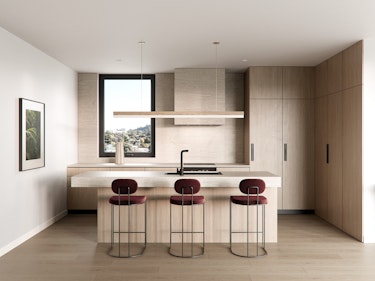
Perception can be conscious or unconscious. When we drink expensive wine, and we like it, but we don’t understand why, this is an unconscious perception. If we like it because it is a blend of 1973, which had 20 more sunny days and was aged in special oak barrels in French Bordeaux, then this perception is conscious. From this we can conclude that taste is an acquired thing that comes to us with experience and can be developed.

Architectural visualization is an art form, so the same principles of taste perception apply. By decomposing the archviz into its components, you can see how the taste of the artist, applicable in each element, affects the final sensations of the viewer from the render. These components are: composition, light and materials or details, each of which, like a chord of the image, makes it the final symphony.
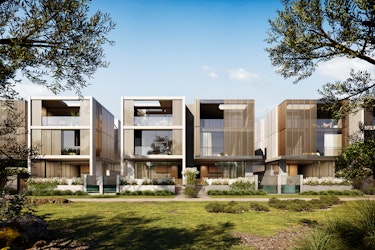
Composition determines how objects are arranged among themselves in the image, how they interact, whether the picture looks squeezed, whether there is enough air and volume, whether there is an artistic intent in this frame. Composition is certainly an indispensable base for any work of art; hundreds of works and hours of training of every architect are devoted to its study. But we are not talking about that now, we are talking about taste, and it is also present in the composition. It is possible to know all the laws of composition and imagine how it works, while not having a “special magic ingredient” that creates an unforgettable visual experience. At CUUB we are looking for artists who can not only perform complex technical tasks, but artists who are able to fill the picture with taste and non-trivial vision. Authors with vision, artistic background, who are ready to create not just a “good '' render, but sophisticated and outstanding works of art.

The light determines the mood and atmosphere of the frame, the same project in different lighting will look completely different, and here the artist’s taste, his vision of the picture applicable to a certain type of architecture and location also plays a crucial role. There is not always room for maneuver here, as in commercial renderings, clients have a certain vision of light that they need. At the same time, a talented artist will always find a place to experiment in finding the perfect lighting for a given painting - the play of reflections and moving shadows give the render that unique atmosphere.
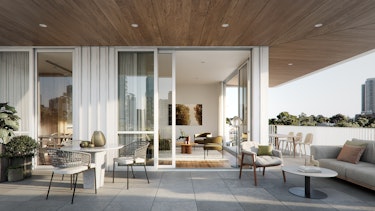
But nowhere is it so obvious to see the manifestation of taste in an artist, as in the materials and details in the picture. Details tell a story, and a story is what makes an ordinary render stand out. Just like we can spend hours looking at the paintings of the Renaissance artists in the gallery, reading the details, enjoying the story that the author wanted to convey, this amazing moment of magic that he worked on for a long time. Also in architectural visualization, details can add that zest to an ordinary-looking image, thanks to which it remains in the memory of the viewer. In an exterior render, it could be people dressed or performing certain actions, telling us some kind of story. The feel of an interior render often depends on the decor, which must fit into the space and design that the architects intended. Not always for rendering, the designer selects the decor that he wants to see, giving the artist the right to complete the picture with these details. An artist with good taste and understanding of design styles will choose the right decor and in the right amount, so as not to create a feeling of clutter in the space, so that the shape of this decor echoes the main forms of furniture.
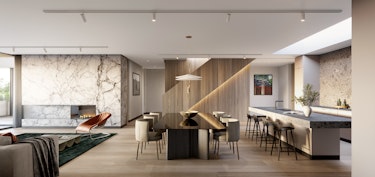
The devil is in the details, and like any hidden ingredient, the concept of “taste” is subject to controversy and ongoing speculation. But let's be honest, without a moment of doubt, you will distinguish the work in which he is absent. So paradoxical and predetermining, and absolutely necessary if you expect to create an unforgettable experience.
